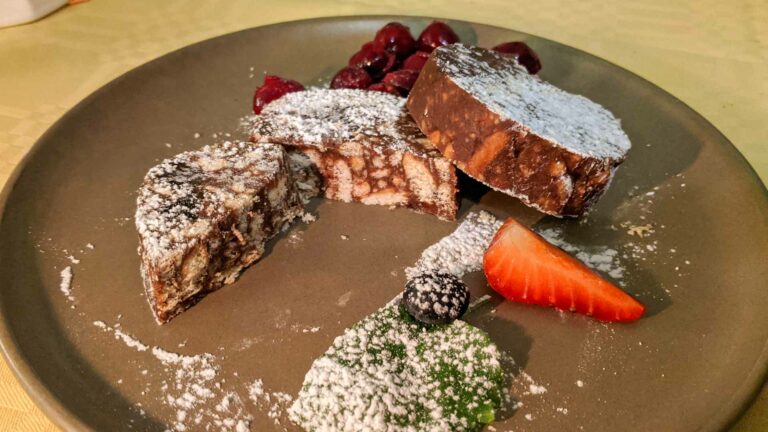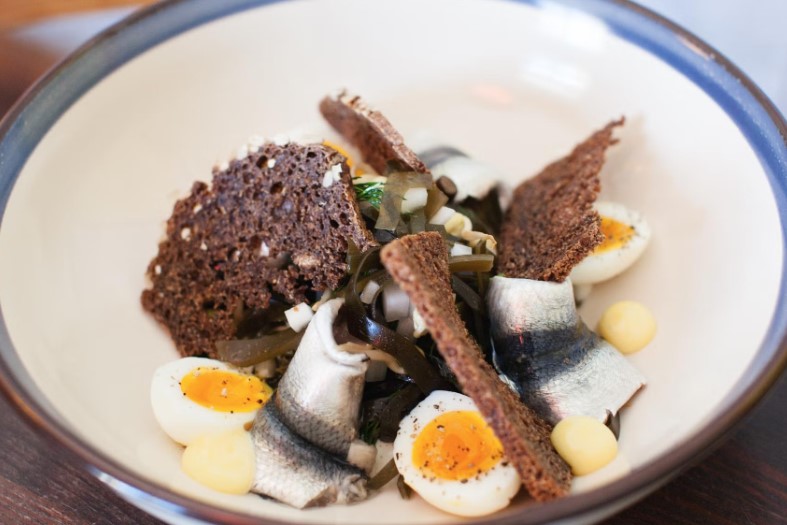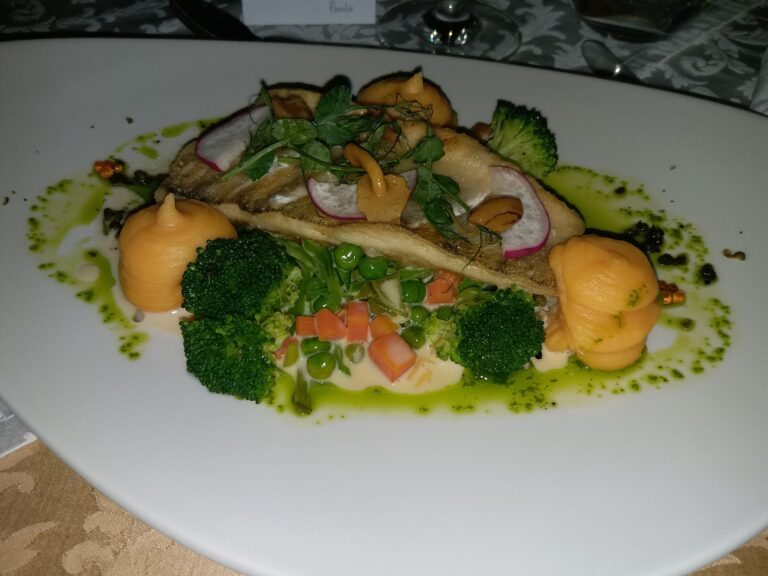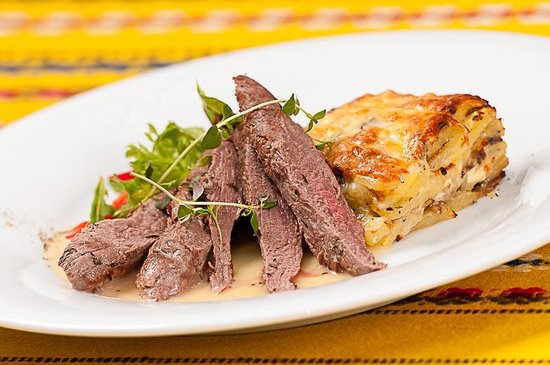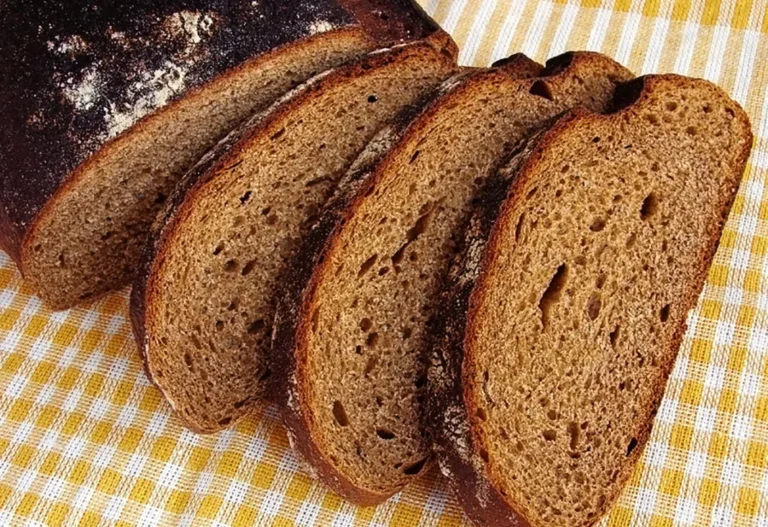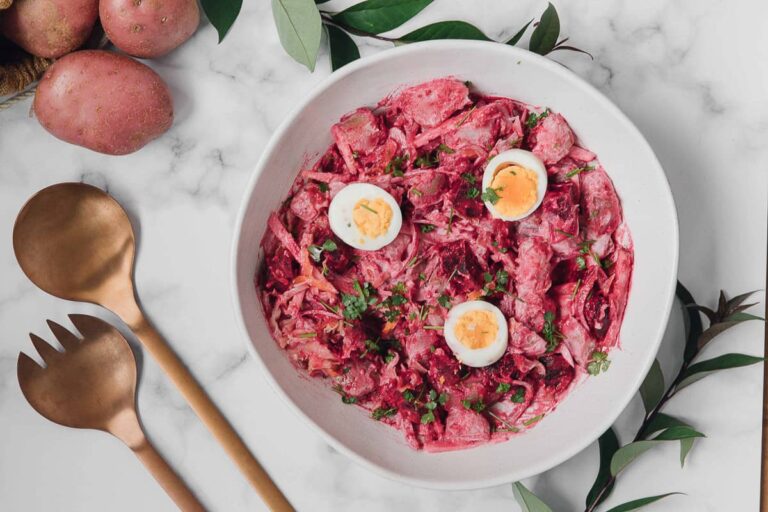Introduction: Estonian Christmas Traditions
Christmas is a special holiday celebrated in Estonia with great enthusiasm and traditional food. Estonians celebrate Christmas Eve on December 24th, and it is a time for families to come together and enjoy a festive meal. The traditional Christmas Eve meal is typically a buffet-style gathering with an abundance of meat, fish, and vegetable dishes.
In Estonia, Christmas is celebrated for three days, starting from Christmas Eve until Boxing Day. The Christmas season is not only about the food, but it is also a time for family, friends, and loved ones to come together, share stories, and exchange gifts.
Meat Dishes: Pork, Goose, and Blood Sausage
Meat dishes are a significant part of Estonian Christmas meals. The most commonly served meats are pork, goose, and blood sausage. Roast pork is typically marinated in garlic, salt, and pepper, making it flavorful and juicy. Goose, on the other hand, is a more expensive and luxurious choice, served either roasted or smoked.
Blood sausage is a traditional Estonian dish made from pork blood, barley, and spices. It is a delicacy that is typically served with Sauerkraut and potatoes. The crispy exterior and soft interior of blood sausage make it an excellent addition to any Christmas feast.
Fish Dishes: Smoked Eel and Herring
Fish dishes are also an essential part of the Estonian Christmas meal. Smoked eel and herring are popular choices, and they are commonly served alongside the meat dishes. Smoked eel is usually served cold and sliced, making it a perfect starter for the festive meal. Herring, on the other hand, can be served in various ways, including pickled, marinated, or fried.
Fish dishes are a lighter alternative to the meat dishes, and they serve as a perfect complement to the heavier dishes on the menu.
Traditional Sides: Sauerkraut and Potato Salad
Sauerkraut and potato salad are two staple side dishes that are commonly found on the Estonian Christmas table. Sauerkraut is typically cooked with pork or bacon, and it provides a tangy and slightly sour flavor to the meal. Potato salad, on the other hand, is a creamy and rich side dish made with boiled potatoes, mayonnaise, and sour cream.
These side dishes are easy to prepare and are an excellent accompaniment to the meat and fish dishes.
Special Treats: Gingerbread Cookies and Mulled Wine
Gingerbread cookies and mulled wine are two special treats that are commonly served during the Estonian Christmas season. Gingerbread cookies, or piparkoogid, are a traditional Estonian Christmas treat and are usually shaped into festive designs such as stars, hearts, and Christmas trees.
Mulled wine, or glögg, is a spiced wine that is heated and served warm. It is typically made with red wine, cinnamon, cloves, and ginger, and it is a perfect way to warm up on a cold winter night.
Desserts: Curd Cake and Cinnamon Rolls
Desserts are an essential part of the Estonian Christmas meal. Curd cake, or kohupiimakook, is a fluffy and creamy cake made with curd cheese and often decorated with fruit or chocolate. Cinnamon rolls, or kaneelirullid, are a popular dessert made with sweet dough and a cinnamon-sugar filling.
These desserts are perfect for satisfying a sweet tooth and rounding off the festive meal.
Vegetarian Options: Mushroom Casserole and Beet Salad
Vegetarian options are also available for those who prefer a meatless Christmas meal. Mushroom casserole, or seenekapsas, is a hearty and filling dish made with mushrooms, rice, and sour cream. Beet salad, or peedisalat, is a fresh and colorful salad made with beets, potatoes, and onions.
These vegetarian options are delicious and nutritious and are perfect for those who prefer a lighter meal.
Conclusion: Enjoy a Festive Estonian Christmas Meal!
In conclusion, Estonians take their Christmas celebrations seriously, and the food is an essential part of the festivities. Whether it’s the meat, fish, vegetables, or desserts, there is something for everyone to enjoy. So, if you ever find yourself in Estonia during the Christmas season, make sure to indulge in the traditional Estonian dishes and enjoy a festive and heartwarming meal with your loved ones.


